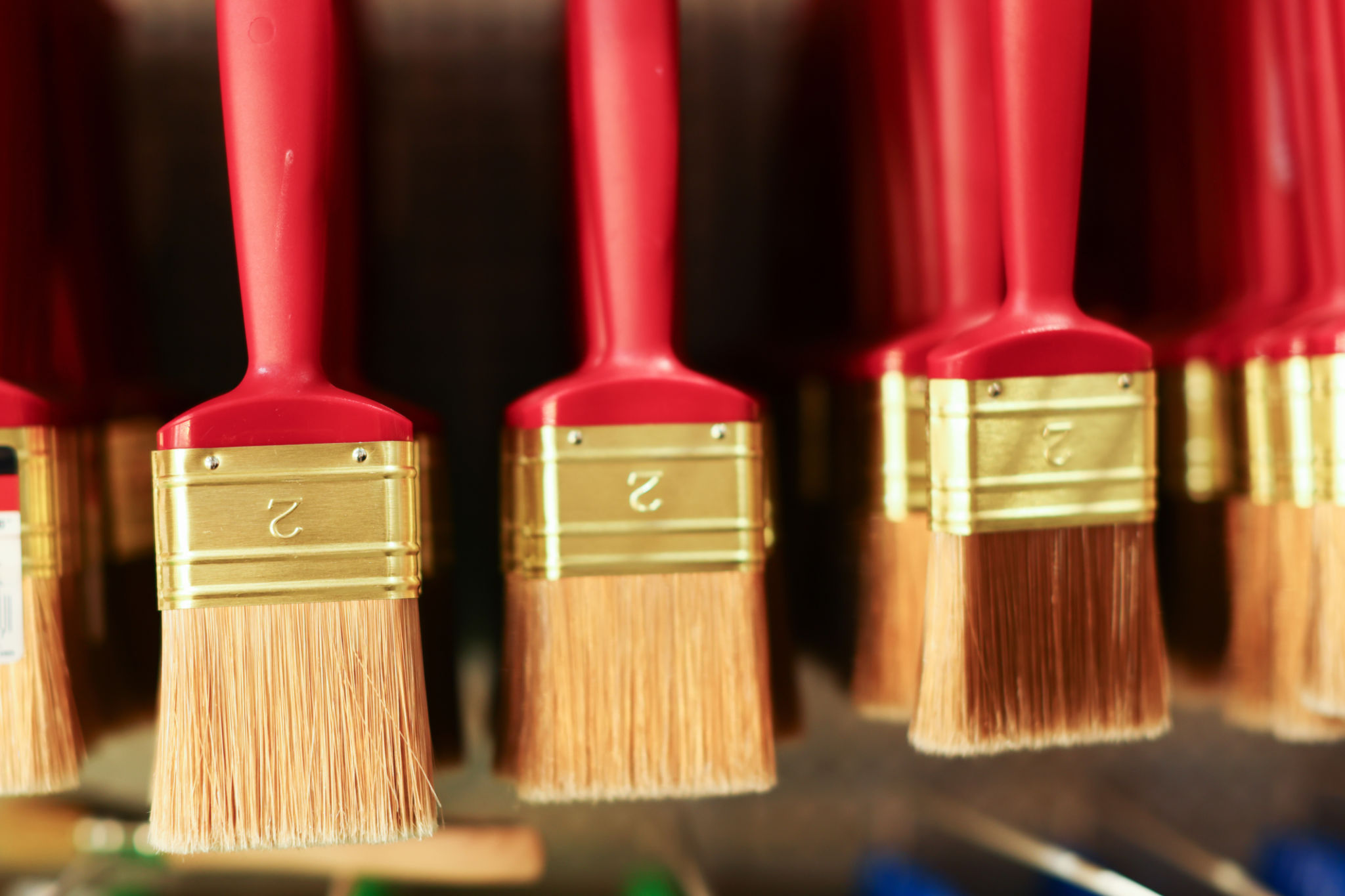How Weather Affects Your House Painting Project
Understanding the Impact of Weather on House Painting
When planning a house painting project, one of the most crucial factors to consider is the weather. The success of your painting efforts can be significantly influenced by the climate conditions during and after application. Understanding how different weather elements affect the painting process can save you time, money, and effort.
Weather conditions such as temperature, humidity, and wind can alter the drying time, adhesion, and overall finish of the paint. Choosing the right weather window is essential to achieving a professional and long-lasting result.

Temperature Considerations
The temperature plays a pivotal role in how paint adheres to surfaces and dries. Ideally, the ambient temperature should be between 50°F and 85°F for optimal results. If it's too cold, paint may not dry properly, leading to cracking or peeling. Conversely, excessive heat can cause the paint to dry too quickly, resulting in an uneven finish.
It's also important to consider the surface temperature of your house. On sunny days, walls exposed to direct sunlight can become much hotter than the air temperature. This can affect how the paint cures, potentially leading to inconsistencies in texture and color.
Humidity Levels
Humidity is another critical factor that can affect your painting project. High humidity levels slow down the drying process, which can lead to issues like sagging or dripping. On the other hand, very low humidity can cause paint to dry too quickly, increasing the risk of cracking and poor adhesion.
Aim for a day with moderate humidity levels, ideally between 40% and 70%. This range helps ensure that the paint dries at an even pace while maintaining strong adhesion to the surface.

The Role of Wind
While often overlooked, wind can have a significant impact on exterior painting projects. A gentle breeze can help with ventilation and promote drying. However, strong winds can blow dust and debris onto wet paint, resulting in an unclean finish. Wind can also cause paint to dry unevenly or too quickly, especially if it's hot outside.
To mitigate these risks, try to schedule your painting project on days when wind speeds are low. This will help ensure a smooth and clean finish without any unwanted particles or streaks.
Timing Your Project
When planning your house painting project, it's crucial to monitor weather forecasts closely. Consider using a weather app or consulting with a local meteorologist for the most accurate information. Aim for a stretch of several days with favorable weather conditions to allow for proper application and drying.

Additionally, plan to start your painting early in the day when temperatures are cooler and humidity levels are ideal. This will give the paint ample time to dry before the sun sets or temperatures drop significantly at night.
Conclusion: The Perfect Painting Weather
Weather plays an undeniably important role in the success of your house painting project. By paying attention to temperature, humidity, and wind conditions, you can optimize your efforts and achieve a beautiful, durable finish. Remember that patience and planning are key—waiting for the right weather conditions is worth it for a lasting result that enhances your home's curb appeal.
Ultimately, understanding how weather affects your house painting project can make a world of difference in both your experience and the outcome. With careful consideration and timing, you can ensure that your home looks its best for years to come.